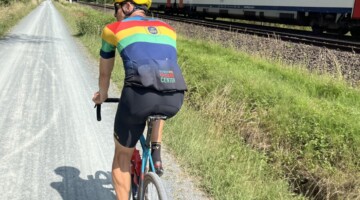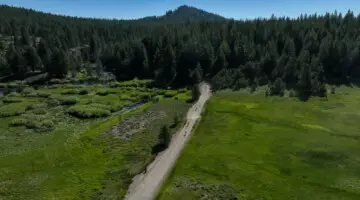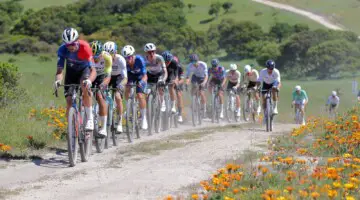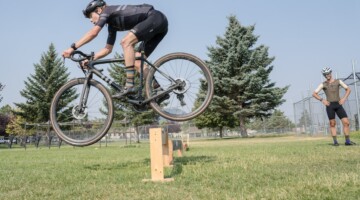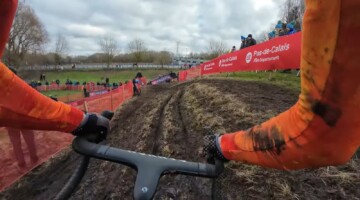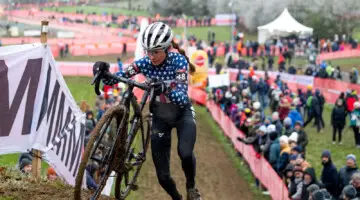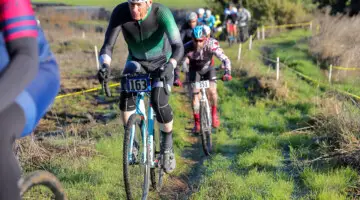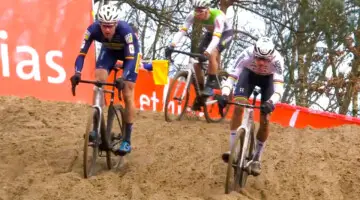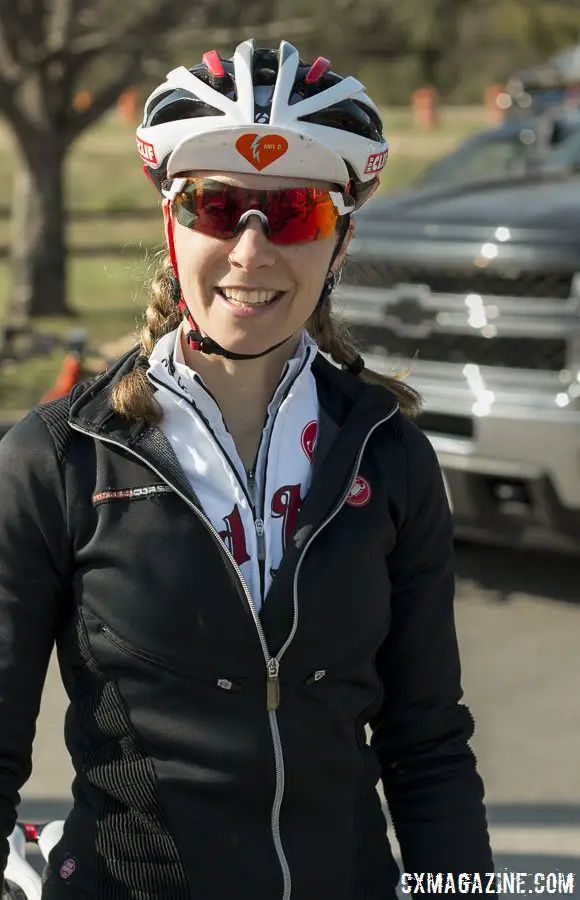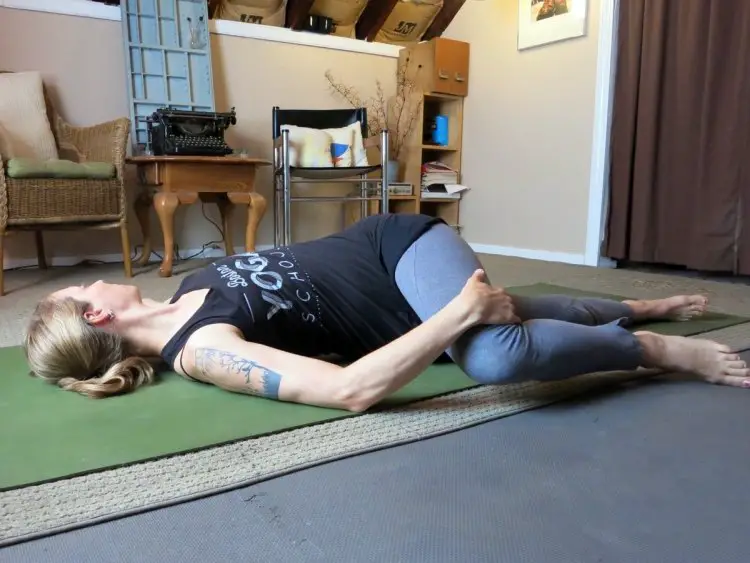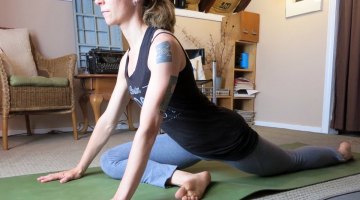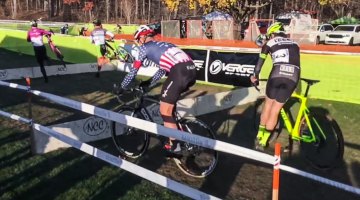Cyclocrossers and Gravel Riders are not always known for the best stretching practices. Sometimes after a race, it's all too easy to want to sit back and grab a beverage of choice.
On the other hand, there are cyclocrossers, like Mo Bruno Roy and Rachael Lloyd, who see the value in activities like yoga. In Issue 23, we talked about some of the painful symptoms that come with not stretching enough, and the proper methods of avoiding those injuries. (For the full article, be sure to order your backcopy today, also available on uberflip). We also dove into the issue of cyclocross back over three years ago, and what to do to loosen up.
Today, Mo Bruno Roy walks us through a helpful warm-up and and stretching post-race routine that will help you feeling fresh (or at the very least, help prevent you from feeling like you've aged 20 years the next morning). Not only is Bruno Roy an veteran of the sport with a dialed-in routine that helps her on the Elite course and at Singlespeed National Championships, but she also owns her own yoga and muscular therapy studio, called Shanti Studio Muscular Therapy + Yoga. You can also follow Bruno Roy on all of her post-retirement adventures at mmracing.org.
by Mo Bruno Roy
The recent data are conflicting on whether or not stretching before or after activity has any effect on preventing injury, increasing muscle and tendon elasticity (stretch) or muscle strength function. Many of the research abstract summaries read similarly to this; there is clearly a need for further research.
However, the data suggest that the benefit of warm-ups are significant: "Warm-up was shown to improve performance in 79% of the criterions examined. This analysis has shown that performance improvements can be demonstrated after completion of adequate warm-up activities, and there is little evidence to suggest that warming-up is detrimental to sports participants."*
Research also suggests that a "warm-up and stretching protocol should be implemented prior to physical activity. The routine should allow the stretching protocol to occur within the 15 minutes immediately prior to the activity in order to receive the most benefit."**
This should be encouraging to most cyclists who feel that is takes a little while to loosen up before a race or high intensity training session. The suggestion that the ideal warm-up occurs within 15 minutes of the start of a race or effort can help guide cyclists to time their routine properly to prevent too-long warm-ups that may cause fatigue or too short warm-ups that may leave to much time before the start.
I’m not a coach or physiologist, so my warm-up routine suggestions come only from experience and a bit of research. The idea of a warm-up is just that. Increase body temperature and metabolic process to prepare for effort. A warm-up should not feel like a workout in length or intensity. It should not make you tired before a race or effort. To really find your own proper warm-up, it will take some experimenting for each individual.
Before an intense training session that is 1.5-2 hours long, try a nice easy roll out up to 25 minutes long, increasing your pace to a nice steady state. Do three short intense efforts like sub-max effort sprints to shake things up and then begin your prescribed workout. You may find over time that a 15-minute warm-up is enough for you. You may feel that you need to increase your effort a bit more so that you are not settling into a recovery pace or that you need to do a few more of longer sprints like efforts before getting started.
Before a cyclocross race, it’s a bit easier to set your self up for a warm-up. Allow yourself plenty of time to get on the course for inspections between races. This means your warm-up starts the night before by getting your hands on the schedule for the races. Know the windows of time that the course will be open and plan ahead, allowing enough time to wash your bike or make repairs before your race start.
I recommend getting two laps out on the course. The first one, at a slow pace, is for literally inspecting the course for tricky sections, imagining where the bottlenecks of riders will happen, picking lines and imagining where you can use your best strengths. The second lap should be at a good solid effort, which will test not only your body but also for your equipment such as tire pressure and gear choice.
If you have access to rollers or a trainer, set your self up 45 minutes before your race start time, with everything ready (numbers pinned, bottles + gel ready, helmet, gloves, glasses and spare equipment set) so you can just hop off and head to the start line 15 minutes before your call up. This bit of extra time allows for anything last minute, like a rest room stop before the start.
I enjoy a short cool down on my rollers after a race or hard training session as well. Usually about 25-30 minutes at a recovery pace. I follow up my cool down with some stretching of areas that felt tight, sore or restricted during the effort or that may be sore from a crash or impact. Stretch gently and slowly rather than forcefully to minimize additional tissue damage.
Some yoga poses for cyclists that are my favorites after hard efforts are: Sphinx pose, Pigeon Pose and Reclined Twists.
You can find the full details of these poses in the slider below.

